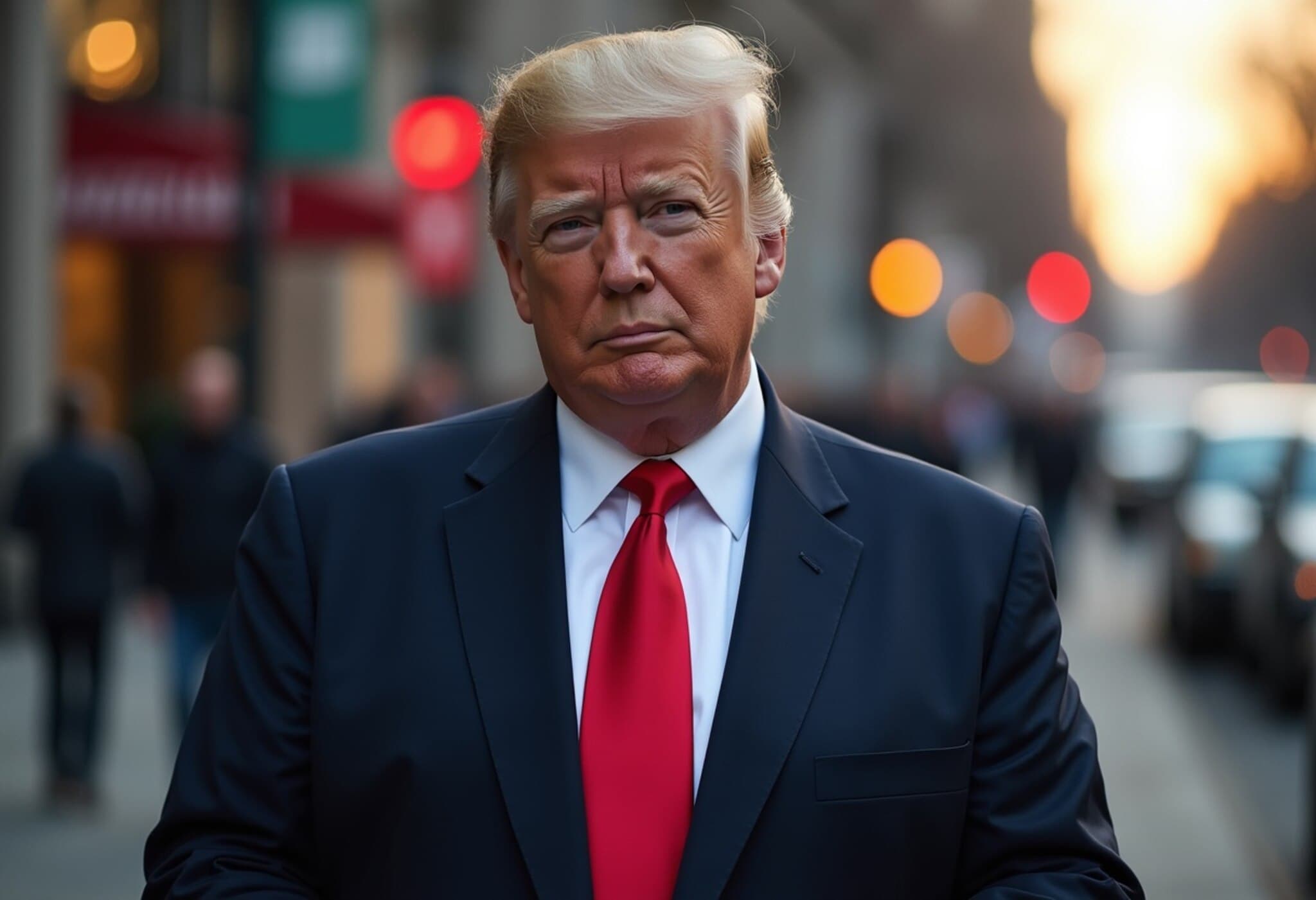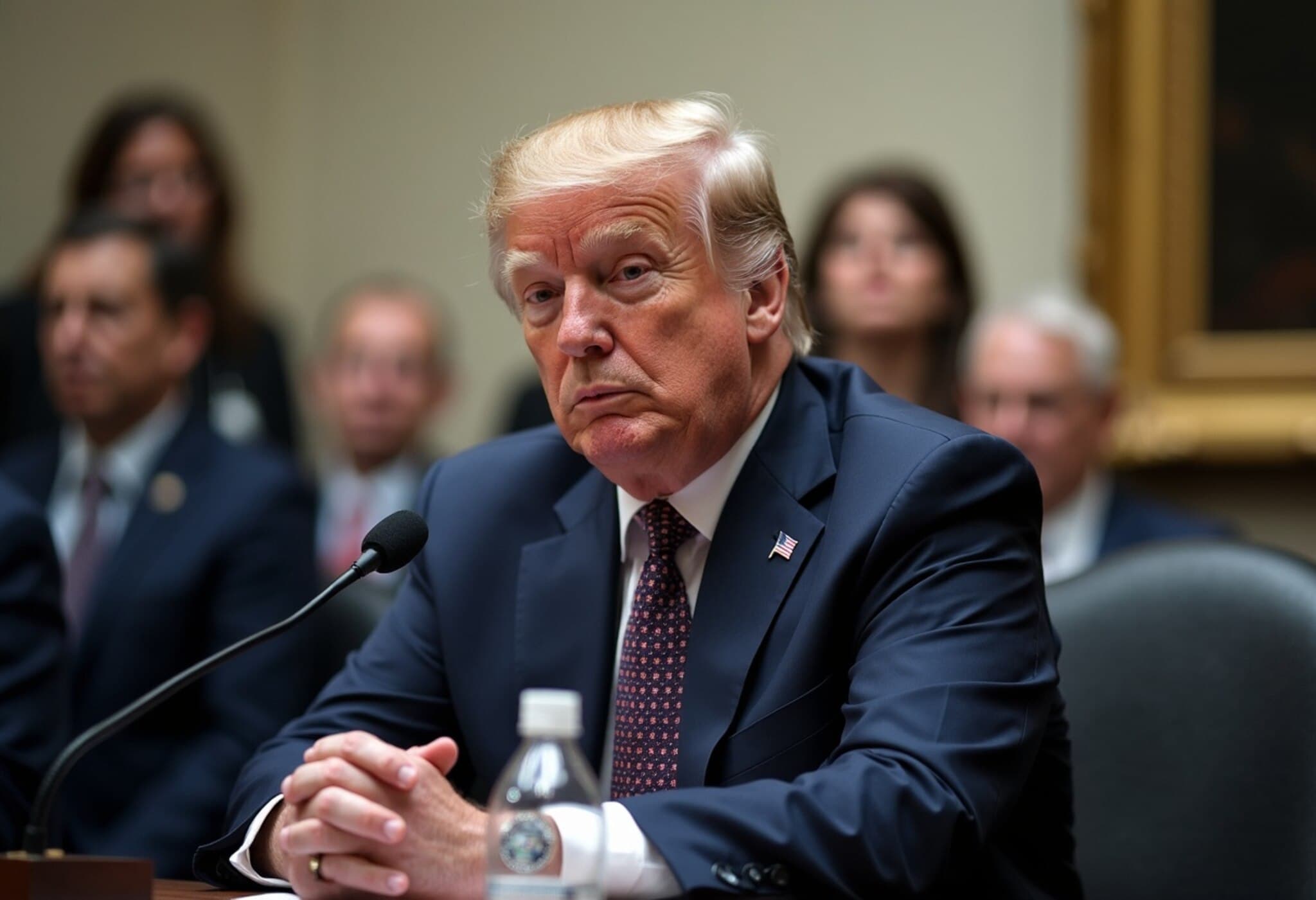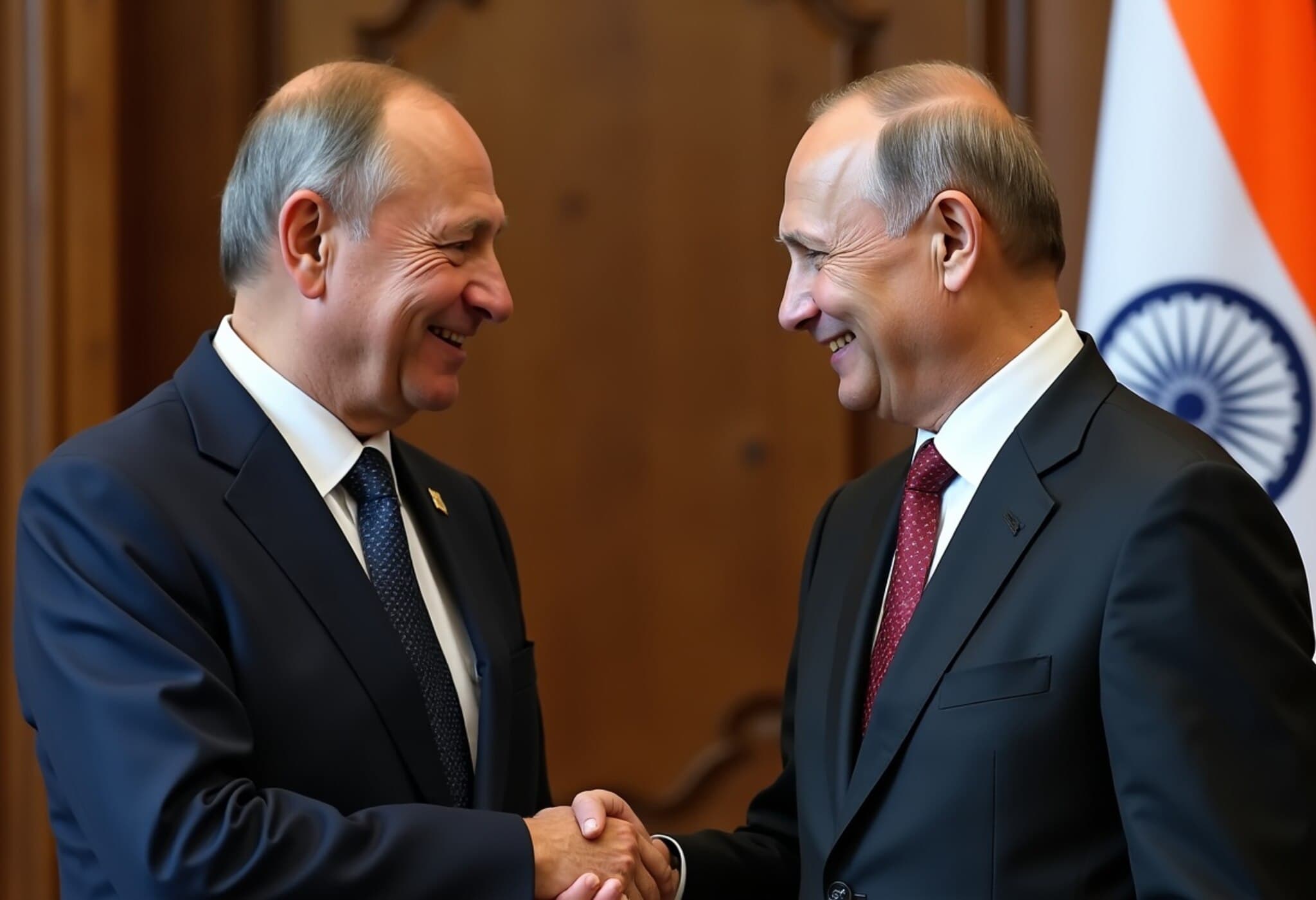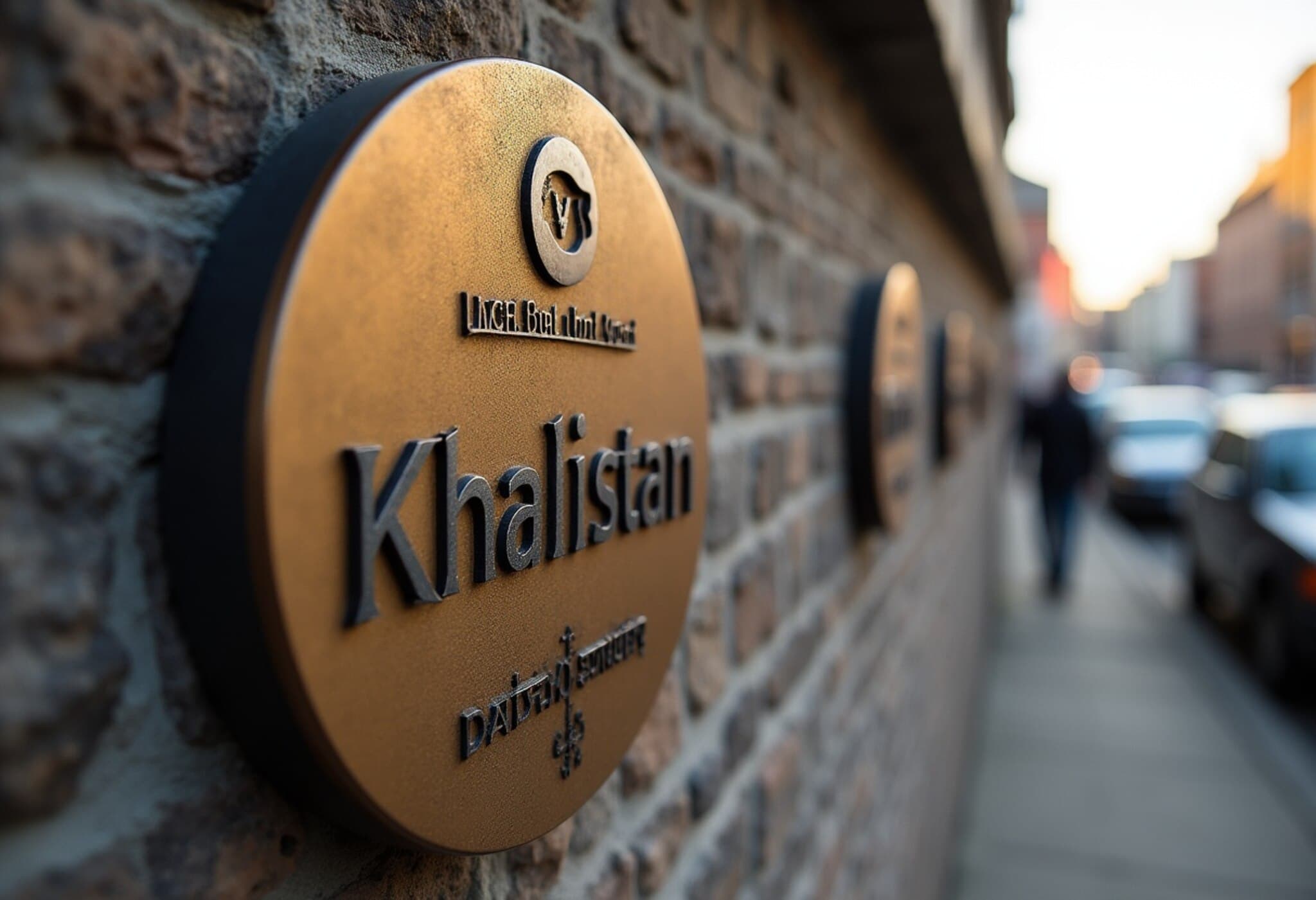Trump’s Approval Ratings Remain in the Red Amid Mixed Public Sentiment
President Donald Trump’s job approval remains in negative territory, according to the latest CNBC All-America Economic Survey conducted from July 29 to August 3, 2025. Despite a slight uptick from previous months, the public’s overall disapproval of Trump as president stands at 51% versus 46%. Economic approval mirrors this trend, with 53% disapproving and 45% approving of his handling of the economy.
Declining Confidence on Key Issues
While approval on tariffs is one exception, public perception of President Trump’s performance across most major issues—inflation, taxes, federal spending, and trade policies—remains low or worsening. This trend highlights a crucial shift from earlier in his tenure when economic strength buoyed his broader approval numbers.
Jay Campbell, a partner at Hart Research Group, notes, “The economic engine that once sustained Trump’s approval is no longer a reliable prop.” Inflation and federal spending, in particular, have remained persistent public concerns with little sign of relief through the survey period.
Democratic Party Faces Unprecedented Negative Ratings
In a surprising juxtaposition, the Democratic Party’s favorability among registered voters sank to a net -32 percentage points, the lowest on record for either party dating back to 1996. Only 24% of respondents view the party positively compared to a stark 56% in the negative.
This decline signals a broader hesitation and disenchantment with the Democrats, despite their modest lead in preferences for control of Congress—currently at 49% to Republicans’ 44%. This paradox raises pressing questions about the depth of voter enthusiasm and the potential vulnerabilities Democrats may face in upcoming elections.
Party Lines Harden as Independents Waver
The survey underscores a deeply polarized electorate. Republicans continue to back the president robustly, yet Democrats uniformly disapprove. Independents are less decisive: half disapprove of Trump, while a significant minority approves, underscoring this group’s pivotal role in future political dynamics.
Micah Roberts, a partner at Public Opinion Strategies, points out, “Our country is navigating a complex political moment where attitudes shift rapidly, and voters grapple with conflicting economic narratives.”
Economic Optimism Remains Fragile and Contradictory
More than two-thirds of respondents rate the current economy as only fair or poor, although this represents an 11-point improvement since April, the strongest reading since the early Biden administration years. Republicans chiefly fuel this optimism, with some pickup among independents, but overall economic outlooks remain gloomy: nearly half expect conditions to worsen.
Investment sentiment has improved, with 46% considering now a good time to invest, up from just 31% earlier this year. This uptick is linked to recent stock market rallies following tariff revisions and legislative tax changes, which appear to have restored investor confidence moderately—even among those without investments.
Immigration and Tariff Policies Divide Deeply Along Party and Demographic Lines
Trump’s immigration policies polarize the public sharply. While 53% approve of actions taken to secure the southern border, opinions on deportations are split evenly. Partisan divides are stark: nearly all MAGA Republicans support deportations, while liberal Democrats overwhelmingly disapprove, with moderates aligning mostly against.
Public sentiment on tariffs is equally complex. While a majority believes tariffs increase costs for consumers and hurt workers, many acknowledge benefits to domestic producers. Almost three-quarters of respondents see foreign trade as a net economic opportunity, despite disapproval of specific presidential tariff policies.
What This Means Moving Forward
This survey paints a picture of an American electorate caught between growing frustrations and cautious optimism. The historic lows for Democratic favorability combined with Trump’s shaky economic ratings illustrate a volatile political landscape ahead of the 2026 midterm elections.
Questions linger on whether Democrats can reverse their plummeting public image and how effectively Trump’s administration can address widespread concerns over inflation and economic inequality. Moreover, independents—who remain the largest swing group—may ultimately decide the balance of power in Washington.
Key Takeaways:
- Trump’s overall approval: 46% approve, 51% disapprove
- Economic approval: Slight improvement but still below 50%
- Democratic favorability: Record low net -32 points
- Congressional control preference: Democrats lead 49%-44%
- Public opinion on tariffs and immigration: Deep partisan and demographic divides
Editor’s Note
This survey reveals the nuanced, and at times contradictory, currents shaping American public opinion. For policymakers and political strategists alike, the results underscore the critical importance of addressing voters’ economic anxieties while bridging stark partisan divides. As the nation approaches pivotal elections, understanding these shifting perceptions will be key to effective governance and campaign success.











